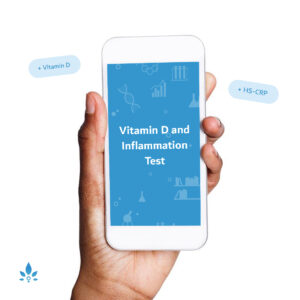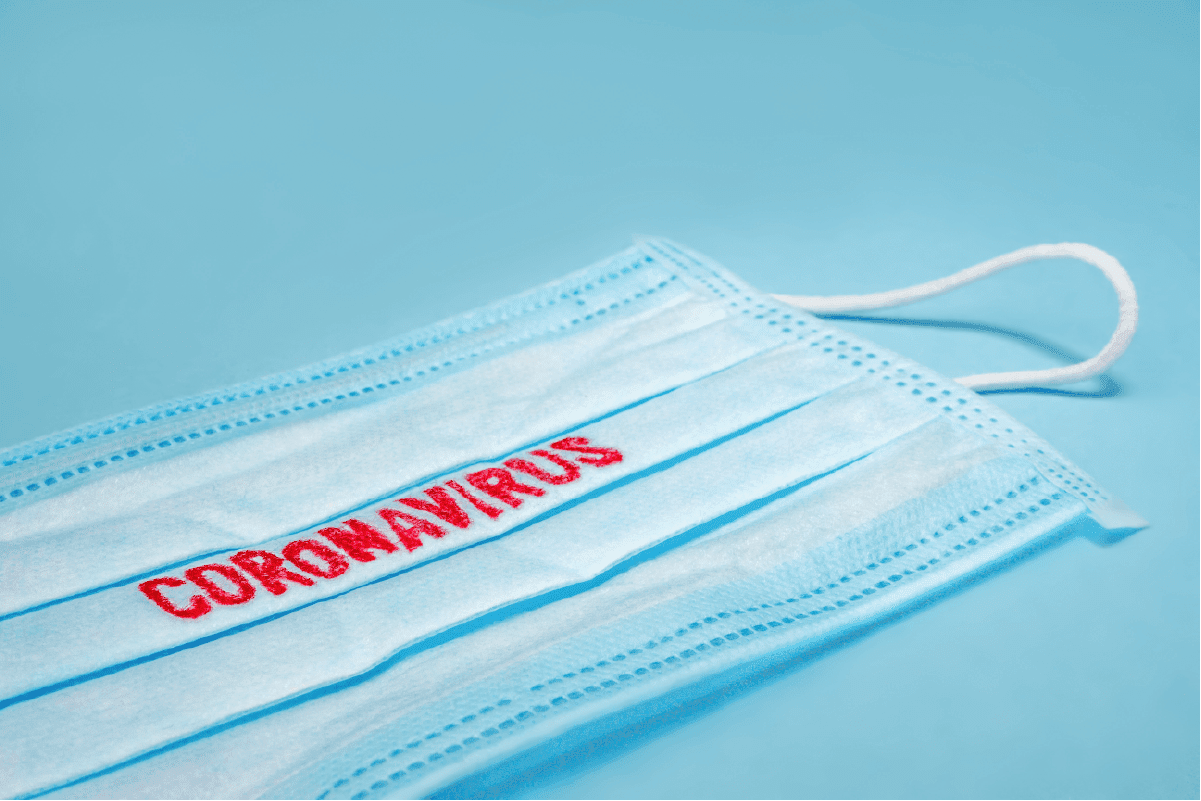How Bacterial Meningitis is Treated


Bacterial meningitis is a condition that’s caused by an infection that leads to inflammation of the protective membranes on the brain and spinal cord. Children (and adults) who are diagnosed with bacterial meningitis are admitted into the hospital for treatment.
At the hospital, intravenous antibiotics are administered. The goal of the treatment is to kill the bacteria causing the infection and prevent the infection from spreading to others. Cortisone, a steroid, may also be given. Steroids do not kill the bacteria but are used to reduce the risk of seizures, brain swelling, and other complications.
Depending on how the child is feeling, he or she may not be able to eat or drink for a few days. If so, intravenous fluids will be given to keep them well hydrated. The child might also require medication such as acetaminophen to lower fever and reduce pain. If a child is unable to eat for more than a day or so, doctors may decide to feed them via a more complete IV fluid. Meningitis treatment is measured in weeks, not days. It is not uncommon for a child with bacterial meningitis to be hospitalized for at least two weeks.
Viral meningitis, is caused by a virus instead of a bacteria. Antibiotics are ineffective against viruses. In general, viral meningitis is less severe than bacterial meningitis. However, some children will still require hospitalization while the source of the meningitis is identified.
Sources:
- Centers for Disease Control and Prevention
- Bacterial meningitis.
American Academy of Pediatrics - Meningitis.
Nemours Foundation - Meningitis.
National Institutes of Health - Meningitis.
Powered by Bundoo®













































